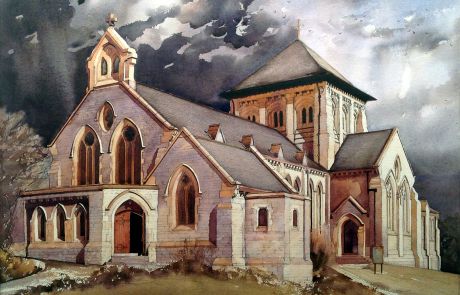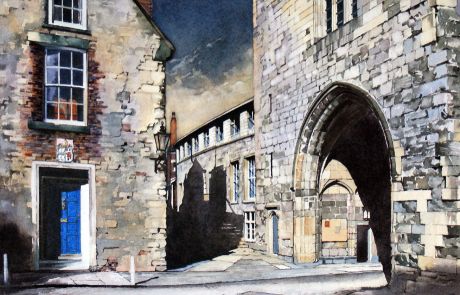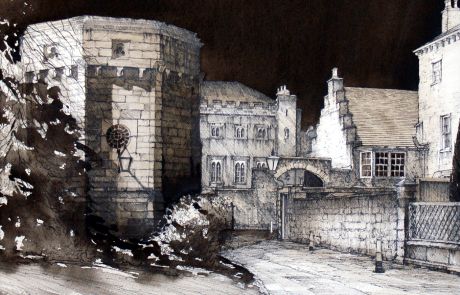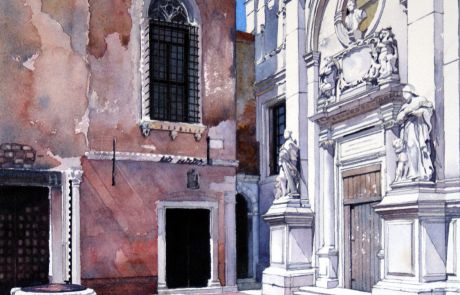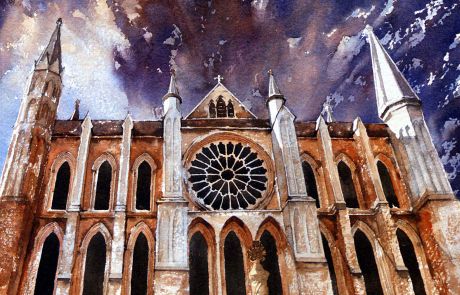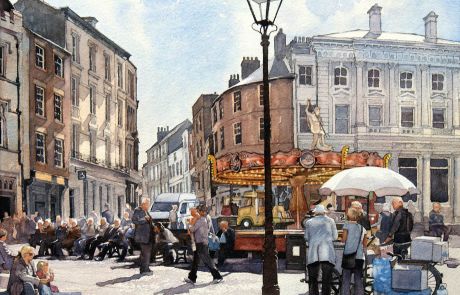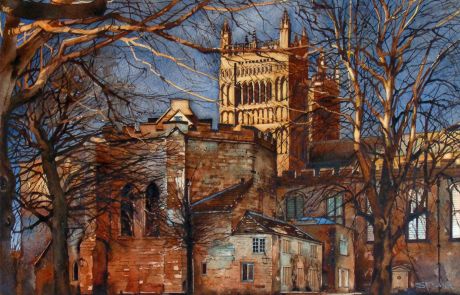Stuart Fisher Watercolours
Artist and award winning designer Stuart Fisher has exhibited his watercolour paintings across the region and as far south as Bath’s prestigious Rooksmoor Gallery. Shortly after his birth in Nuneaton Warwickshire in 1954, Stuart's parents moved to Peterlee New Town where he still lives today with his wife Anne.
Stuart believes that a large section of the art buying public are poorly served by the art market and are hungry for the return of traditional painting. He therefore specialises in the production of architectural watercolours within which he aims to imbue the atmospheric ambiance typical of Turner with the technical brilliance of his artistic hero, Sir William Russell Flint.
A career in architecture spanning almost 34 years culminated with his multi award winning design for Durham City's Science Learning Centre North East. This was followed in 2005 by what he terms 'an escape from the tyranny of the right angle' and the subsequent launch of his professional artistic career early in 2010
Original Watercolours for Sale

College Gate Durham City
watercolour
Size:
» More Info
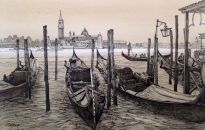
The Gondola Station Venice
Sepia watercolour over black ink.
Size: image size 410 x 270 mm.
» More Info


